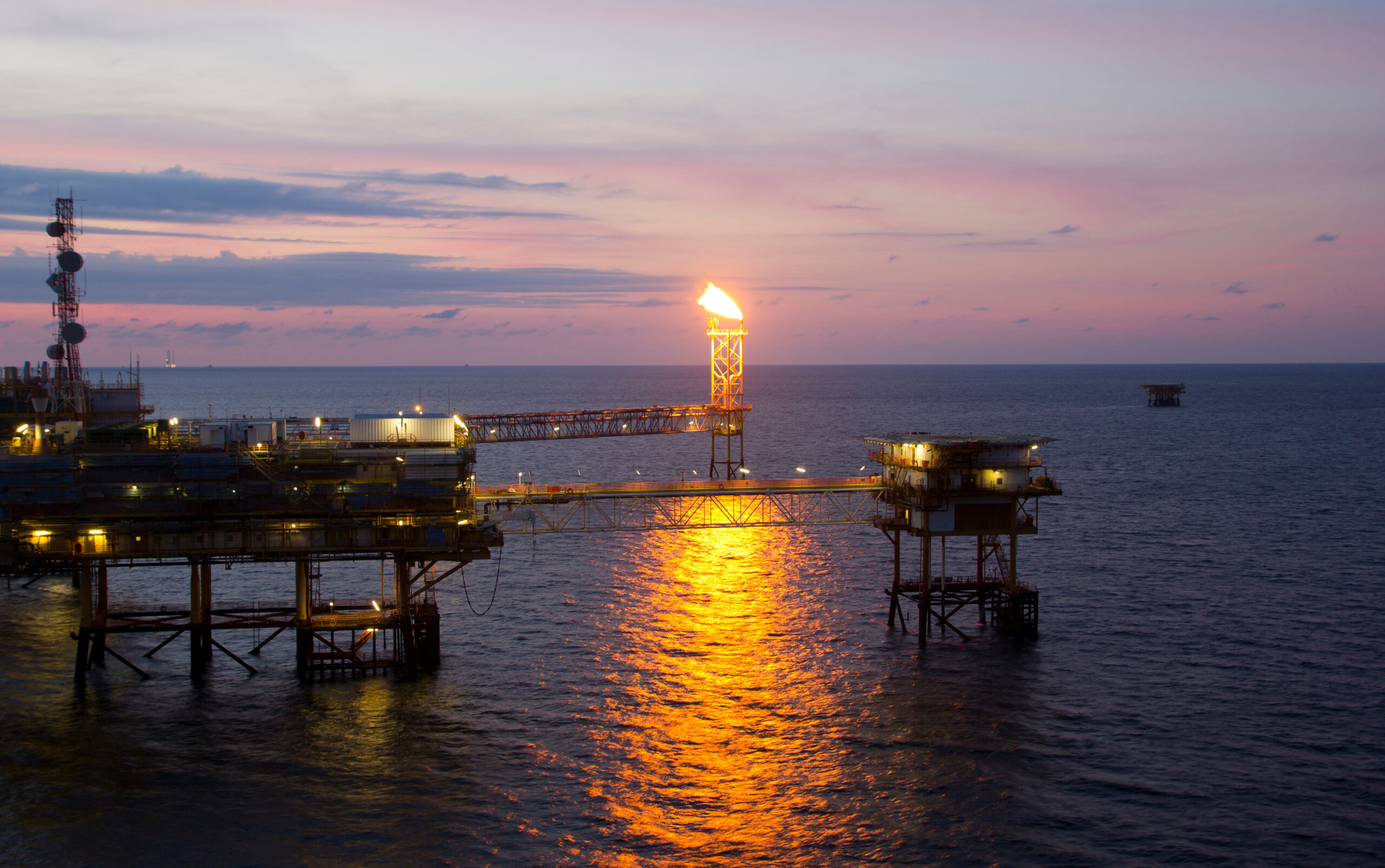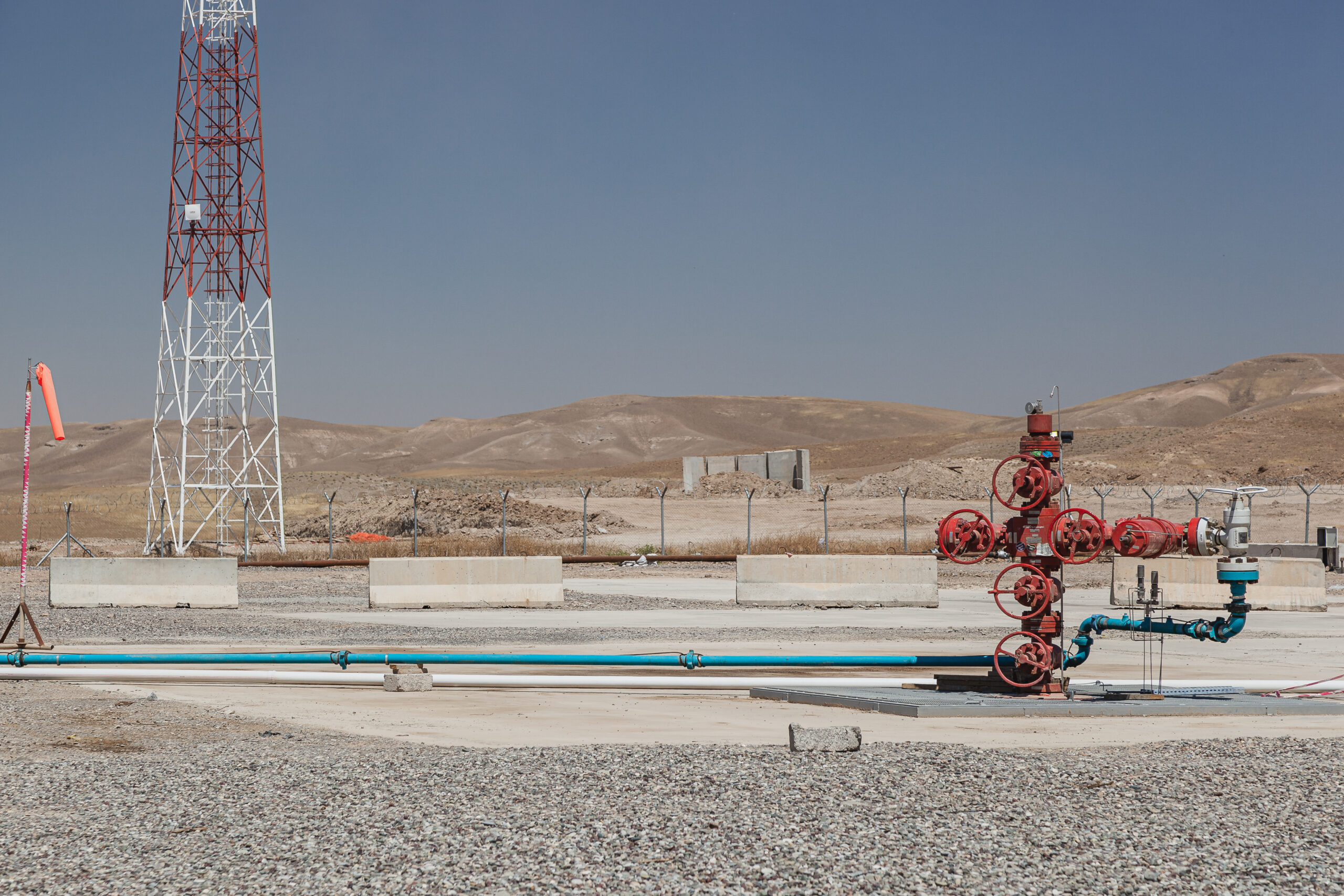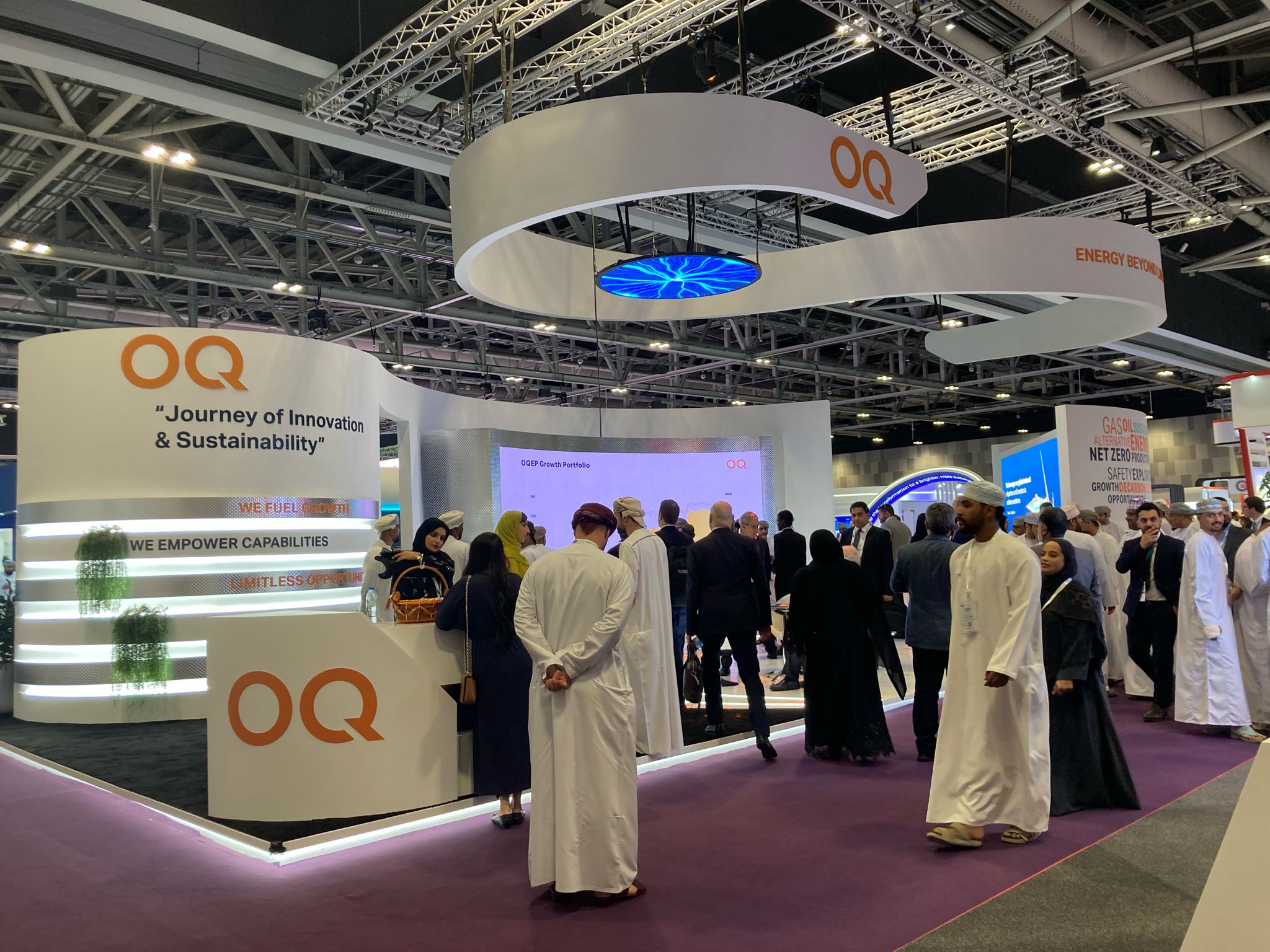Venezuela gas flaring in spotlight as nation gradually re-opens
The recent gradual easing of U.S. sanctions on the country is calling attention to Venezuela’s gas flaring.

The gradual easing of U.S. sanctions could yield a significant climate dividend if it leads to the capture of staggering volumes of Venezuela gas resources that are routinely flared, industry experts say.
Venezuela’s gas flaring is drawing greater attention after the U.S. issued a license in January to nearby Trinidad and Tobago to help develop and import Venezuelan gas. The Caribbean country desperately needs the Venezuelan supply to replenish its export-driven LNG and petrochemical industries, including fertilizer plants.
Although the new license is limited to Venezuela’s offshore Dragon field, the move has shined a spotlight on the potential to tackle vast onshore gas that is routinely flared by national oil company PdVSA.
Proponents say this gas could be harnessed more quickly than offshore reserves to meet the needs of Trinidad as well as sorely underserved domestic consumers in Venezuela, where LPG is widely used for cooking.
Venezuela holds one of the world’s largest concentrations of proven gas reserves, at more than 200 trillion cubic feet. Most of this gas is associated with crude oil. Historically, PdVSA neglected gas in favour of oil that was easier to extract and market, while in recent decades, gas pipelines and other infrastructure for re-injection and residential supply have deteriorated from a lack of investment. As a result, PdVSA burns much of its gas production, sending vast quantities of methane and carbon dioxide into the atmosphere.
Venezuela flares an estimated two billion cubic feet a day, mostly in northern Monagas state, home to legacy oil fields like Furrial.
Northern Monagas “has become one of the largest sources of natural gas flaring in the world,” according to a 2021 report from the World Bank-supported Global Gas Flaring Reduction Partnership. According to the report, Venezuela’s flaring intensity jumped by a factor of four between 2012 and 2021, dwarfing the other countries that were studied. Notably, Venezuela’s flaring remained stable despite a steep decline in oil production starting in 2018, the report noted.
Past efforts to capture Venezuela’s flared gas fell flat, mainly because of the sanctions. In 2018, months before the U.S. imposed oil sanctions on Venezuela accusing it of undermining its democracy, Trinidad had reached a preliminary deal with its neighbour to jointly develop Venezuelan offshore gas, with the possibility of incorporating onshore gas as well. Under that agreement, Shell was to produce the offshore gas and transport it to its Hibiscus offshore platform in Trinidad. The deal lost steam with the onset of the sanctions.
Now that Trinidad has a greenlight from Washington to proceed with the Dragon project without violating sanctions, Shell has confirmed that it is still a potential partner. But the license terms are limited to the offshore field, leaving the onshore flared gas off the table for now. The terms also restrict Trinidad from paying cash to Venezuela for the gas supply, requiring a swap deal instead. That restriction could make it hard for Port of Spain to strike a new deal with Caracas, where President Nicolas Maduro has denounced the cash restriction.
Hopes of a breakthrough
But the U.S. government’s gradual relaxation of the sanctions in recent months, starting with a November 2022 license for Chevron to resume production there, is fuelling hopes of a breakthrough on the flaring at an urgent time for the global climate.
Two companies are keen to get started. BEE Enterprise DMCC, a company owned by former Shell gas executive Mounir Bouaziz, and its Venezuelan partner Vinccler, have revived a proposal to PdVSA that would start with production of cooking gas and pipeline gas for domestic consumption and would later be expanded to export gas to Trinidad.
“This is gas that is very much needed in Trinidad, and it’s easily transported there,” Bouaziz told Gas Outlook. “This project would be the lowest-cost CO2 reduction project in the world. The overwhelming issue has been the sanctions.”
Bouaziz, who burnished his gas credentials in Iraq, says the gas-capture project could supply Trinidad sooner than Dragon, which still needs extensive upstream work.
Antero Alvarado, managing director of consultancy Gasenergy Latin America, outlines the challenges to getting the Monagas gas to Trinidad.
“The main challenge is getting in new compressors to collect this low-pressure gas and send it into the system. It’s a big investment,” he told Gas Outlook. The developer would have to build new pipelines to expand the capacity to transport the gas from Anaco to Guiria that faces Trinidad’s coast. Finally, the developer would need to build a 95km (59 mile) pipeline from Guiria to the industrial hub of Point Lisas in Trinidad.
Together with a compression station in Guiria, Alvarado estimates a total investment of $350 million. “Whoever makes this investment will want to have assurances on gas supply and reserves, and guarantees that this gas will reach Guiria.”
PdVSA could not be reached for comment.
Trinidad attitude to Venezuela gas flaring
For its part, Trinidad sees the capture of Venezuela’s flared gas as a critical piece of wider gas integration. “With a significant potential to process natural gas exported by pipeline into either LNG or petrochemicals for international markets, Trinidad & Tobago represents the best opportunity for Venezuela to monetise its massive offshore gas reserves and stop harmful and wasteful flaring of associated gas in its oilfields,” the influential Energy Chamber of Trinidad and Tobago said in a January 11 editorial before the new license was announced.
“This will ensure that Venezuela can both generate the income needed to overcome the country’s continuing humanitarian crisis as well as provide the world with additional LNG, fertilisers and lower carbon fuels.”
The chamber represents some 400 companies, including oil and gas producers, petrochemical plants, midstream operators and energy service companies and contractors.



